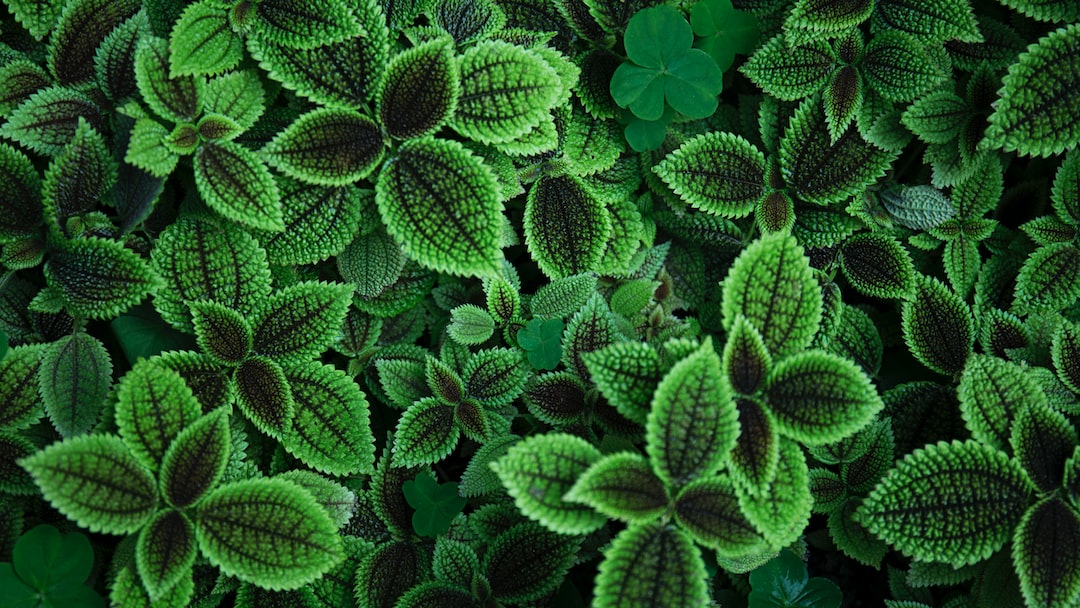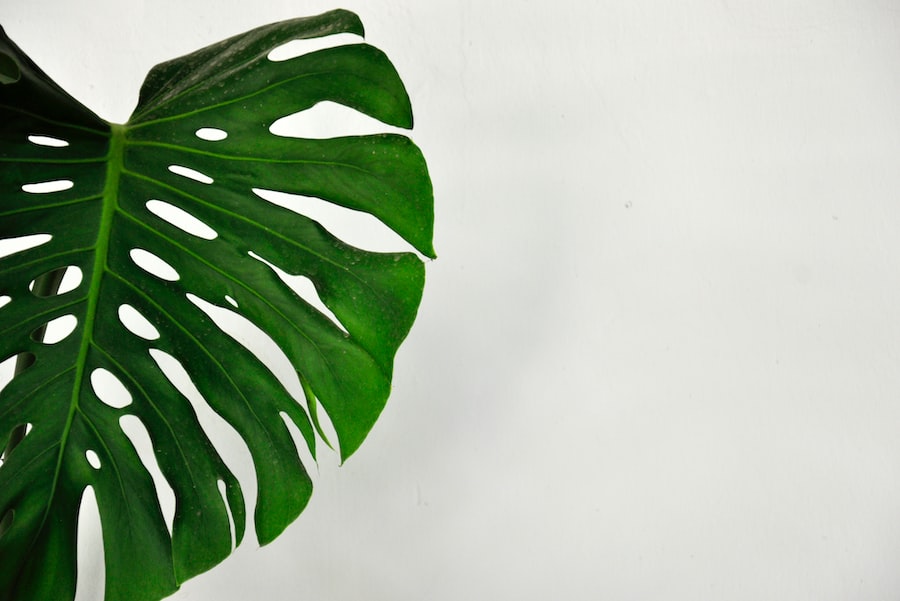Green Thumbs Unite: A Step-by-Step Guide to Rooting Your Aloe Vera Plant

Rooting is the process of growing new roots from a plant cutting or a part of the plant’s existing root system. It is an essential step in propagating and growing healthy aloe vera plants. Aloe vera plants are known for their numerous health benefits and are commonly used in skincare products and natural remedies. Rooting allows you to create new plants from existing ones, ensuring a continuous supply of aloe vera for personal use or for sale.
Key Takeaways
- Rooting an Aloe Vera plant is a simple process that can be done through cuttings.
- Rooting your Aloe Vera plant can help it grow stronger and healthier.
- Choosing the right pot and soil is important for successful Aloe Vera plant rooting.
- Proper preparation and care during rooting can ensure the success of your Aloe Vera plant.
- Regular monitoring and troubleshooting can help prevent common problems during Aloe Vera plant rooting.
Understanding the Benefits of Rooting Your Aloe Vera Plant
Rooting your aloe vera plant offers several benefits. Firstly, it helps to develop a stronger root system, which is crucial for the overall health and growth of the plant. Strong roots provide better stability and nutrient absorption, allowing the plant to thrive in various conditions.
Rooting also aids in propagation, which is the process of creating new plants from cuttings or offshoots. Aloe vera plants produce offsets, also known as pups, which can be separated from the parent plant and rooted to create new individual plants. This method allows you to expand your collection of aloe vera plants or share them with friends and family.
Choosing the Right Pot and Soil for Your Aloe Vera Plant
Choosing the right pot and soil is essential for the successful rooting of your aloe vera plant. Aloe vera plants prefer well-draining pots and soil to prevent waterlogging, which can lead to root rot. Opt for pots with drainage holes at the bottom to allow excess water to escape.
When it comes to soil, a well-draining mix is crucial. Aloe vera plants thrive in sandy or cactus potting mixtures that provide excellent drainage. These types of soil allow excess water to flow through easily, preventing waterlogged roots.
Preparing Your Aloe Vera Plant for Rooting
| Step | Description |
|---|---|
| 1 | Select a healthy aloe vera plant |
| 2 | Choose a pot with drainage holes |
| 3 | Fill the pot with well-draining soil |
| 4 | Remove the aloe vera plant from its current pot |
| 5 | Remove excess soil from the roots |
| 6 | Allow the plant to dry for a few days |
| 7 | Plant the aloe vera in the new pot |
| 8 | Water the plant sparingly |
| 9 | Place the pot in a bright, sunny location |
Before rooting your aloe vera plant, it is important to prepare it properly. Start by pruning any damaged or dead leaves to promote healthy growth. Cleaning the plant is also essential to prevent the spread of diseases or pests. Gently wipe the leaves with a damp cloth to remove any dust or debris.
Choosing the right cutting for rooting is crucial. Look for healthy, mature leaves that are at least 4-6 inches long. Using a sharp, sterilized knife or shears, cut the leaf as close to the base as possible without damaging the plant. Allow the cutting to dry for a few days before proceeding with rooting.
Propagating Your Aloe Vera Plant through Cuttings
To propagate your aloe vera plant through cuttings, follow these steps:
1. Fill a small pot with well-draining soil, leaving about an inch of space at the top.
2. Make a small hole in the soil using your finger or a pencil.
3. Insert the cut end of the aloe vera leaf into the hole, ensuring that at least an inch of the leaf is buried in the soil.
4. Gently press the soil around the cutting to secure it in place.
5. Water the soil lightly, ensuring that it is moist but not waterlogged.
6. Place the pot in a warm and bright location, but away from direct sunlight.
7. Mist the cutting occasionally to provide humidity and prevent drying out.
Watering and Caring for Your Aloe Vera Plant during Rooting

Proper watering and care are crucial during the rooting process to ensure successful growth. Aloe vera plants prefer dry conditions and are susceptible to root rot if overwatered.
Water your aloe vera plant sparingly, allowing the soil to dry out between waterings. Stick your finger into the soil up to your knuckle – if it feels dry, it’s time to water. When watering, pour water directly onto the soil and avoid wetting the leaves to prevent rot.
During the rooting process, it is important to provide indirect sunlight or bright, filtered light. Aloe vera plants thrive in warm temperatures between 60-80°F (15-27°C). Avoid placing them in drafty areas or near air conditioning vents.
Monitoring the Progress of Your Aloe Vera Plant Rooting
Monitoring the progress of your aloe vera plant rooting is essential to ensure its success. Keep an eye on the cutting for signs of growth, such as new leaves or roots emerging from the base. This indicates that the plant has successfully rooted and is establishing itself.
It is normal for some leaves to wither or turn brown during the rooting process. However, if you notice excessive browning or wilting, it may be a sign of overwatering or inadequate light. Adjust your care routine accordingly to prevent further damage.
Transplanting Your Aloe Vera Plant to a Bigger Pot
Once your aloe vera plant has successfully rooted and established itself, it may outgrow its current pot. Transplanting it to a bigger pot allows for continued growth and development. Here are the steps to transplant your aloe vera plant:
1. Choose a pot that is one size larger than the current one, ensuring it has drainage holes.
2. Fill the new pot with well-draining soil, leaving enough space for the root ball.
3. Gently remove the plant from its current pot, being careful not to damage the roots.
4. Place the plant in the center of the new pot and fill in with soil around the root ball.
5. Press down lightly on the soil to secure the plant in place.
6. Water lightly to settle the soil and encourage root growth.
7. Place the newly transplanted plant in a bright location, gradually introducing it to direct sunlight.
Troubleshooting Common Problems during Aloe Vera Plant Rooting
During the rooting process, you may encounter some common problems. One issue is root rot, which occurs when the roots are consistently exposed to excess moisture. To prevent root rot, ensure that the soil is well-draining and avoid overwatering.
Another problem is inadequate light, which can cause the plant to become leggy or weak. If you notice your aloe vera plant stretching towards the light source, it may be an indication that it needs more sunlight. Move the plant to a brighter location or provide supplemental grow lights.
Pests such as mealybugs or aphids can also infest aloe vera plants. If you notice any signs of pests, such as sticky residue or small insects on the leaves, treat the plant with an organic insecticidal soap or neem oil spray.
Conclusion and Tips for Maintaining a Healthy Aloe Vera Plant
Rooting is an important step in propagating and growing healthy aloe vera plants. By following the proper techniques and providing the right care, you can successfully root your aloe vera plant and enjoy its numerous benefits.
To maintain a healthy aloe vera plant, remember to water sparingly and provide well-draining soil. Place the plant in a bright location with indirect sunlight and avoid overwatering or exposing it to extreme temperatures.
Regularly monitor your plant for signs of growth and adjust your care routine accordingly. With proper care and attention, your rooted aloe vera plant will continue to thrive and provide you with its many health benefits for years to come.
If you’re looking to learn how to root an aloe vera plant, you’ll find a helpful guide on Lawn World’s website. This comprehensive article provides step-by-step instructions on propagating aloe vera plants from cuttings. From preparing the soil mix to caring for the newly rooted plants, this guide covers all the essential details. To access this informative article, visit Lawn World’s website and navigate to their sitemap page. Happy gardening!
FAQs
What does it mean to root an aloe vera plant?
Rooting an aloe vera plant means to propagate or grow a new plant from an existing one by encouraging the growth of new roots.
Why would someone want to root an aloe vera plant?
Rooting an aloe vera plant is a cost-effective way to expand your collection of plants. It also allows you to share the plant with friends and family.
What materials are needed to root an aloe vera plant?
To root an aloe vera plant, you will need a healthy aloe vera plant, a sharp knife or scissors, a pot with well-draining soil, and rooting hormone (optional).
What is the best time to root an aloe vera plant?
The best time to root an aloe vera plant is during the spring or summer when the plant is actively growing.
How do you prepare an aloe vera plant for rooting?
To prepare an aloe vera plant for rooting, remove it from its pot and gently shake off any excess soil. Cut off any damaged or dead leaves and allow the plant to dry for a few days.
How do you root an aloe vera plant?
To root an aloe vera plant, cut off a healthy leaf from the plant and allow it to dry for a few hours. Dip the cut end of the leaf in rooting hormone (optional) and plant it in well-draining soil. Water the plant sparingly and place it in a bright, indirect light.
How long does it take for an aloe vera plant to root?
It can take anywhere from a few weeks to a few months for an aloe vera plant to root, depending on the conditions and the health of the plant.
How do you care for a newly rooted aloe vera plant?
To care for a newly rooted aloe vera plant, water it sparingly and place it in a bright, indirect light. Allow the soil to dry out completely between waterings. Once the plant has established roots, you can gradually increase the amount of water and light it receives.



